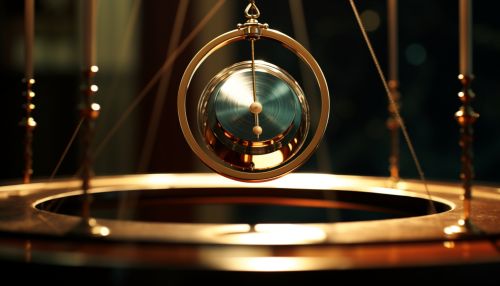Resonance
Introduction
Resonance is a fundamental concept in physics and engineering, describing the phenomenon where a system or object oscillates at greater amplitude at certain frequencies, known as the system's resonant frequencies. This concept is widely applied in various fields, from acoustics and electronics to quantum mechanics and orbital mechanics.


Physical Resonance
Physical resonance occurs when an oscillating system's natural frequency matches the frequency of an external periodic force. This synchronization leads to a significant increase in the system's amplitude, often resulting in dramatic effects. For example, the Tacoma Narrows Bridge collapse in 1940 is a classic example of physical resonance, where the bridge's natural frequency matched the wind's frequency, leading to destructive resonance.
Acoustic Resonance
Acoustic resonance is a branch of physical resonance that deals with the amplification of sound waves. It is a vital principle in the design of many musical instruments, such as the guitar, violin, and piano. The body of these instruments is designed to resonate at the frequencies of the musical notes, amplifying the sound and enriching the tone.
Electrical Resonance
Electrical resonance occurs in an electric circuit when the inductive reactance and the capacitive reactance are equal in magnitude, causing the impedance of the circuit to be at a minimum and the current to be at a maximum. This principle is fundamental in the design of many electronic devices, including radio and television receivers, which use resonance to tune into specific frequencies.
Quantum Mechanical Resonance
In quantum mechanics, resonance refers to the phenomenon where the energy of a quantum system matches the energy difference between two quantum states, causing the system to oscillate between these states. This principle is fundamental in many areas of quantum mechanics, including quantum computing and nuclear magnetic resonance.
Orbital Resonance
Orbital resonance occurs when two orbiting bodies exert a regular, periodic gravitational influence on each other, usually because their orbital periods are related by a ratio of small integers. This phenomenon is observed in our solar system, particularly among the moons of the gas giant planets, and has significant effects on the stability and evolution of the system.
